Using Arts and Crafts to Help Kids Understand the Concept of Thankfulness
14 February 2025
Teaching thankfulness to kids isn’t always as easy as we think it should be. As adults, we’ve had years to understand and appreciate the concept, but for little ones, it’s a more abstract idea. How do you even begin to explain something as complex as gratitude? Well, let’s be honest, words are just one part of the equation when you’re teaching kids. Actions, play, and creativity often speak louder.
This is where arts and crafts come in! Why not use creative activities to help children grasp what it means to be thankful? Kids often learn best when they’re hands-on, and with a bit of glue, scissors, paper, and their imagination, they can start to understand this important character trait.
In this article, we’ll explore how arts and crafts can be a fun and effective way to teach kids about gratitude, with purposeful activities that help them embed the concept of thankfulness into their daily lives.
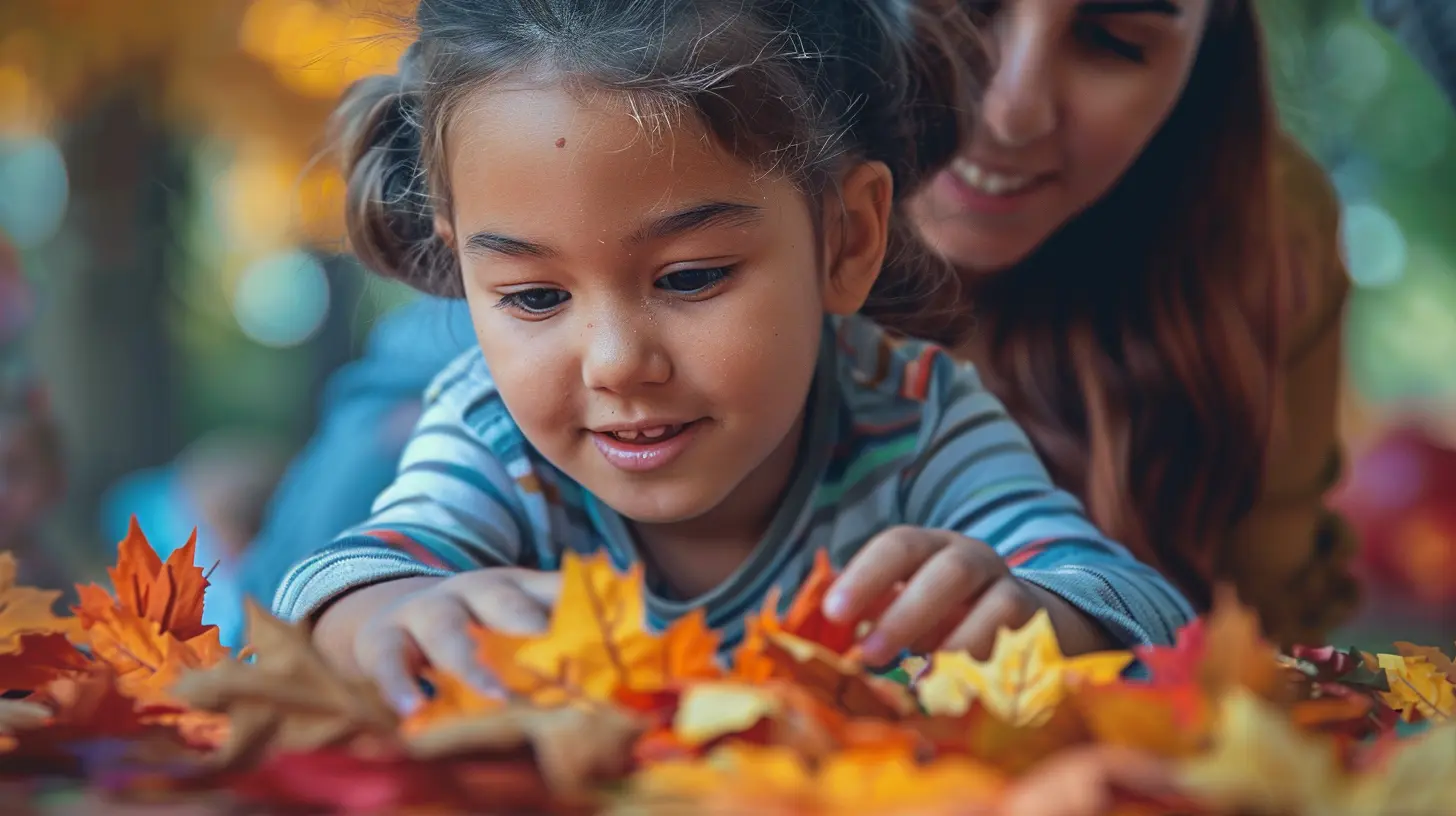
Why Arts and Crafts Are Ideal for Teaching Thankfulness
Let's face it, teaching kids complex emotions can sometimes feel like explaining algebra to a toddler. It’s hard for young children to wrap their heads around abstract ideas, and thankfulness is no different.But arts and crafts can help because they make concepts tangible. When kids create something with their hands, they see results. They are proud of their work. That sense of accomplishment can be tied directly to feelings of gratitude. Plus, arts and crafts are just plain fun. They keep kids engaged and excited—which, let’s be honest, is half the battle when it comes to teaching anything!
Building Connections Through Creativity
With arts and crafts, thankfulness becomes something concrete. Rather than talking about gratitude in a way that may go over their heads, kids can experience it. When they give a handmade card to Grandma, they're not only expressing thankfulness with words—they’re also showing it through their actions. Creating something from scratch, putting time and effort into it, shows children the value of giving and being thankful for things they receive in return.Here’s a thought: How much more likely is your child to say “thank you” if they’ve spent an hour crafting a handmade thank-you card? It’s no longer an empty sentiment—it’s something they’ve invested time and creativity in. This practice immediately builds a deeper connection with the concept.
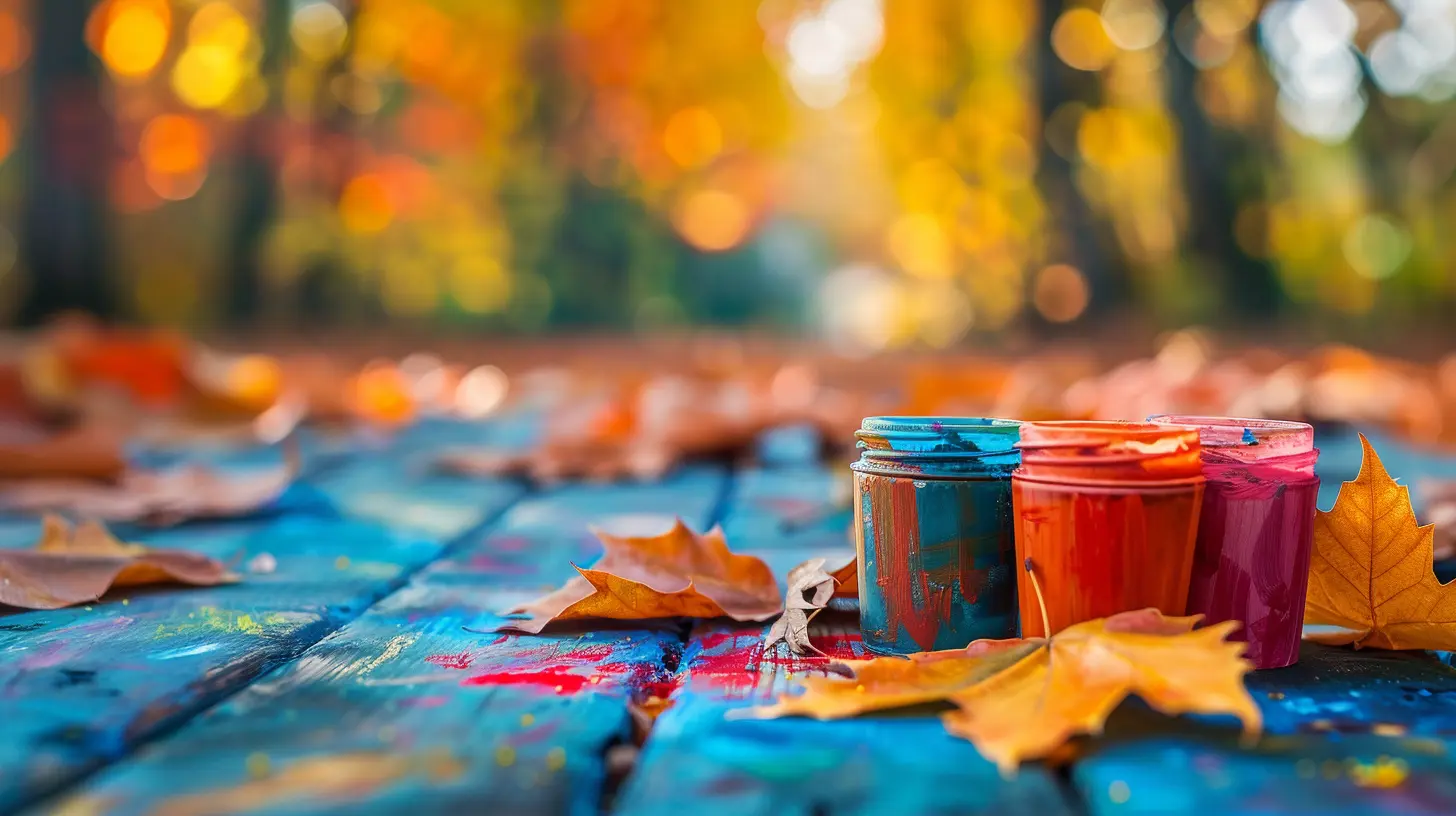
The Benefits of Art for Emotional Development
Arts and crafts do far more than entertain; they're a powerful educational tool. Beyond the obvious development of fine motor skills, art helps kids process their emotions. And thankfulness, believe it or not, is an emotion that kids need to learn how to process and express just like frustration or happiness.Thinking Outside the Box
When it comes to thankfulness, helping children understand it's not just about "getting stuff" is crucial. Sure, they might say "thank you" when they open a birthday present, but they also need to learn how to be thankful for non-material things. Arts and crafts give kids an outlet to express gratitude creatively and to think about the things in life that make them feel good, such as friends, family, and experiences.For instance, a child might make a gratitude tree, where each leaf represents something they’re thankful for. By adding leaves each day, they practice mindfulness, which leads them to truly consider what makes them feel grateful beyond the obvious toys and treats.
Enhancing Empathy and Social Skills
When children work together on group art projects, they also learn about sharing, helping, and being considerate of each other's feelings. Collaboration brings thankfulness into a social context, encouraging empathy. Crafting a "thank you" gift for a friend or family member encourages them to think of others, fostering that warm glow of gratitude that comes from doing something kind.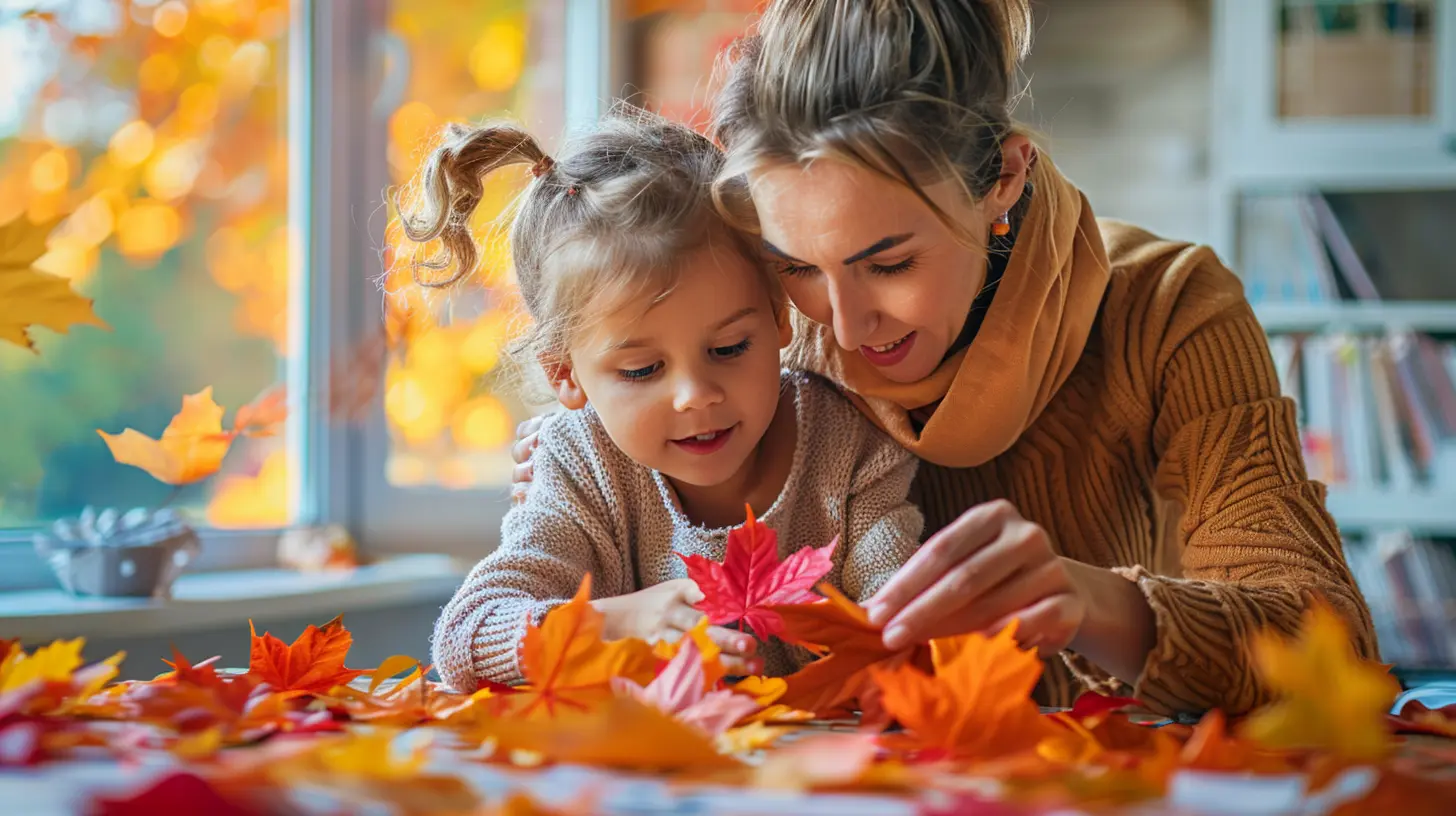
Fun Arts and Crafts Projects to Teach Thankfulness
Now, you're probably thinking, "This all sounds great, but what kind of crafts are we talking about here?" Don’t worry, I’ve got you covered with some fun ideas. These projects won’t break the bank, and you probably have most of the supplies lying around.1. The Gratitude Jar
How about setting up a Gratitude Jar? It’s a super simple activity that’s also incredibly meaningful.- What You Need:
- A jar (or any container)
- Colorful slips of paper
- Pens or crayons
- Optional: Stickers, glitter, ribbon for decoration
- What To Do:
Let your child decorate the jar however they like. Once it's all spruced up, encourage them to write down one thing they're thankful for every day on a slip of paper. By the end of the week, or even the month, you’ll take turns reading all the notes aloud. This practice is a simple way to build a habit of gratitude every single day.
2. Thankfulness Collage
This one is like an art meets vision board—a “Thankfulness Collage.” It’s a great way for kids to visually represent what they’re grateful for.- What You Need:
- Old magazines or printed pictures
- Scissors
- Glue
- A large piece of poster board or paper
- What To Do:
Have your child cut out words, pictures, or colors that represent things they’re thankful for and glue them onto the board. This could range from pictures of family members to images of nature or hobbies they enjoy. It serves as a visual reminder of all the great things in their life, and it’s something you can hang in the house as a daily reminder.
3. Gratitude Tree
This one’s a classic—The Gratitude Tree. It’s easy to make, and it also becomes a beautiful piece of decor during the fall season or even year-round.- What You Need:
- Construction paper
- Scissors
- Glue or tape
- A large poster board
- Markers
- What To Do:
First, draw and cut out a tree trunk and branches from brown construction paper. Glue the tree onto the poster board. Then, have your child cut out colorful leaves. Every day, ask them to write down one thing they’re thankful for on a leaf and attach it to the tree. As the tree fills up, it becomes a bright, visual representation of the abundance in their life.
4. Handmade Thank-You Cards
There’s nothing sweeter than receiving a handmade card. Teaching your children to create thank-you cards not only lets them stretch their artistic muscles but also helps them express gratitude to others.- What You Need:
- Blank cards or thick paper folded into cards
- Markers, crayons, colored pencils
- Stickers, stamps, or any craft embellishments they enjoy
- What To Do:
Encourage your child to think of someone specific they want to thank—maybe a teacher, a sibling, or a friend. They can use designs, drawings, and heartfelt messages to make the card personal. Writing down the reasons why they’re thankful for that person fosters a deeper sense of appreciation.
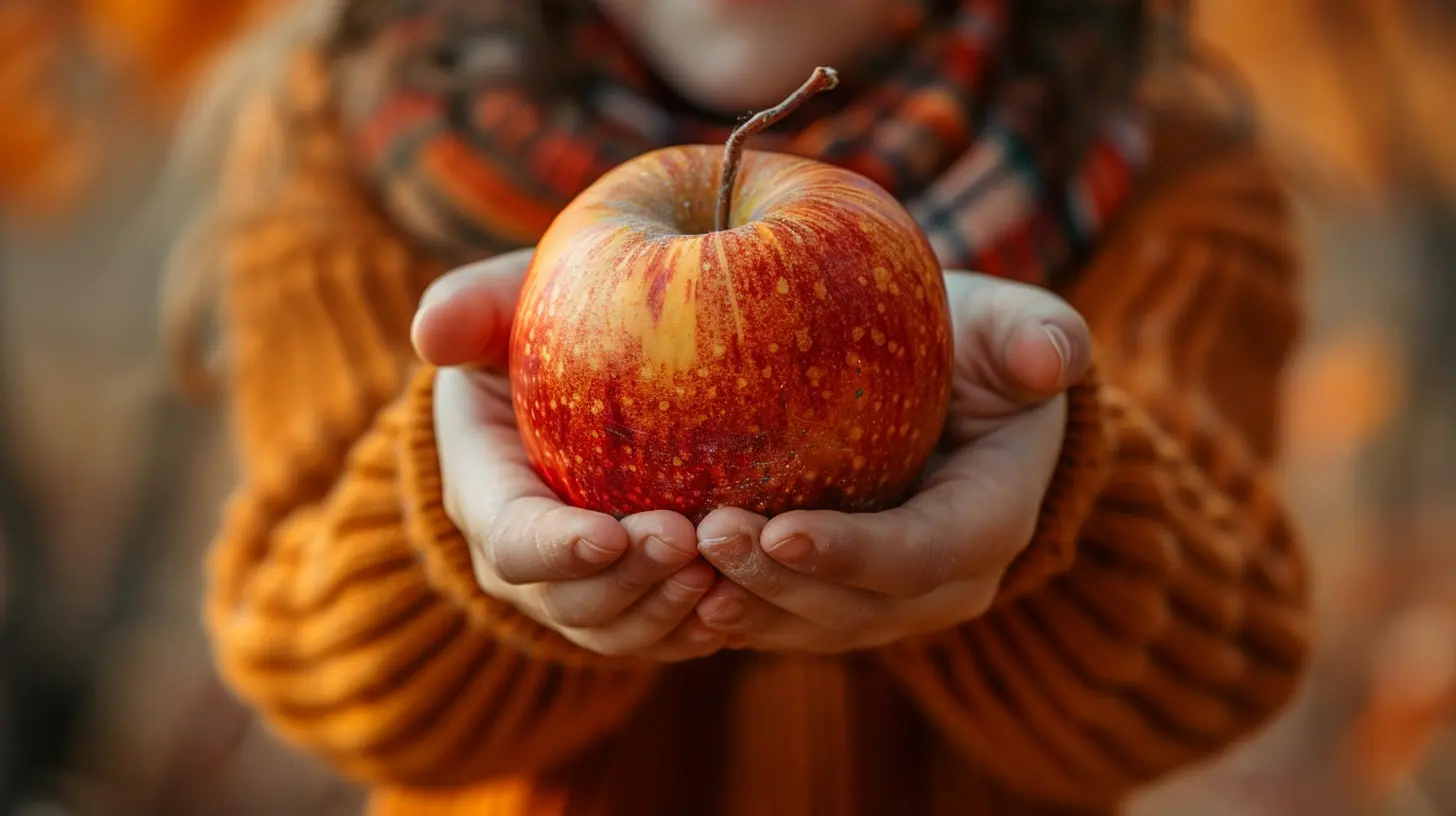
Making Thankfulness a Daily Habit
Arts and crafts are the gateway, but the real lesson lies in making thankfulness part of your child’s daily routine. Activities like these work best when they are consistent and coupled with real-life examples of thankfulness.- Lead by Example: Kids mimic the behavior they see. If you model gratitude in your day-to-day life—whether it's saying "thank you" to your partner, practicing mindful gratitude, or simply appreciating the little things—they’re more likely to follow suit.
- Verbal Acknowledgments: Encourage your child to say “thank you” not just when receiving things but also when experiencing moments that make them feel happy or content. For instance, say, “Wasn’t it nice of your friend to share their snack with you? I bet you’re thankful for that!”
- Story Time and Books: Another wonderful way to reinforce the lesson is by reading books about thankfulness. There are countless stories geared towards kids that explain gratitude in ways they can comprehend.
Wrapping Up: The Art of Being Grateful
At the end of the day, teaching thankfulness is all about patience and creative reinforcement. Arts and crafts give kids room to explore their emotions in a hands-on, fun way. By linking creativity with gratitude, you can communicate this important value in a manner that sticks.Crafting a life full of gratitude isn’t something that happens overnight—it's a beautiful artwork you and your child will keep adding to, piece by piece. Whether it's with glue-covered fingers or colorful papers, your child will start to understand the true meaning of thankfulness through the magic of art.
all images in this post were generated using AI tools
Category:
Teaching GratitudeAuthor:

Max Shaffer
Discussion
rate this article
14 comments
Jax McNair
Sure, nothing says gratitude like a macaroni masterpiece—because nothing screams 'thank you' quite like a glittery pasta necklace!
April 4, 2025 at 3:21 PM

Max Shaffer
Thank you for your humorous take! Crafting can indeed be a fun and meaningful way for kids to express gratitude.
Martha Thornton
Engaging kids in arts and crafts fosters creativity while teaching gratitude in a fun way!
March 10, 2025 at 4:49 AM

Max Shaffer
Absolutely! Arts and crafts provide a playful way for kids to express gratitude and nurture their creativity simultaneously.
Rhea Kearns
Who knew glitter and glue could teach gratitude? Next up: ‘Thankfulness Through Finger Painting’—watch out for the colorful chaos!
March 4, 2025 at 3:24 PM

Max Shaffer
Thank you! Art truly has a magical way of expressing emotions. Can't wait to see the colorful chaos unfold!
Lennox Summers
Harnessing arts and crafts to teach kids about thankfulness is a brilliant approach! Creative expression not only engages young minds but also deepens their understanding of gratitude. By incorporating hands-on activities, we empower children to articulate their appreciation, fostering emotional intelligence that will serve them throughout their lives. Let’s get crafting!
March 3, 2025 at 5:25 PM

Max Shaffer
Thank you! I completely agree—hands-on creativity truly enriches children's understanding of gratitude and emotional intelligence. Let’s inspire young minds together!
Zeno Jimenez
This article beautifully highlights how arts and crafts can foster emotional intelligence in children, effectively tying creative expression to the essential value of gratitude.
March 2, 2025 at 4:31 PM

Max Shaffer
Thank you for your thoughtful comment! I'm glad you found the connection between arts, emotional intelligence, and gratitude inspiring.
Rosanna McLain
I love this idea! Arts and crafts are such a fun way to teach kids about gratitude. Engaging them creatively not only fosters their understanding of thankfulness but also creates wonderful bonding moments. Can't wait to try these activities!
March 2, 2025 at 5:34 AM

Max Shaffer
Thank you! I'm glad you found the idea inspiring. Enjoy the bonding moments with your kids!
Solaria Alexander
What a delightful way to teach gratitude! Arts and crafts not only spark creativity but also help children express their feelings of thankfulness in fun and engaging ways. Can't wait to try these wonderful ideas with my little ones! 🌟🎨
March 1, 2025 at 5:21 PM

Max Shaffer
Thank you! I'm thrilled you found the ideas inspiring. Enjoy crafting with your little ones! 🌼🎉
Shania Smith
Thank you for this insightful article! I love the idea of using arts and crafts to teach kids about thankfulness—such a wonderful way to engage them!
February 28, 2025 at 3:26 AM

Max Shaffer
Thank you for your kind words! I'm glad you found the article helpful and inspiring!
Orionyx Barron
What a lovely idea! Incorporating arts and crafts into teaching thankfulness not only sparks creativity but also helps kids express their feelings. Plus, it’s a fun way for us parents to join in on the gratitude!
February 27, 2025 at 5:44 PM

Max Shaffer
Thank you! I’m glad you see the value in blending creativity with gratitude. It truly enhances the experience for both kids and parents!
Siena McGonagle
Art fosters gratitude! Let creativity blossom while teaching kids the true value of thankfulness.
February 24, 2025 at 3:53 AM

Max Shaffer
Absolutely! Art is a powerful tool for teaching gratitude and helping children express their appreciation creatively. Thank you for your thoughts!
Rosalind Graham
This article beautifully illustrates how creative expression can deepen children's understanding of thankfulness. Engaging in arts and crafts is a wonderful way to foster gratitude and appreciation in their lives!
February 18, 2025 at 3:54 AM

Max Shaffer
Thank you for your thoughtful comment! I'm glad you found the connection between creative expression and gratitude so meaningful.
Orionis Coleman
Great ideas for fostering gratitude in kids!
February 17, 2025 at 5:52 PM

Max Shaffer
Thank you! I'm glad you found the ideas helpful!
Bianca Ellison
Arts and crafts? More like glitter therapy! Who knew expressing gratitude could turn into a creative mess? Let’s just hope the thankfulness sticks better than the glue!
February 15, 2025 at 5:42 PM

Max Shaffer
Absolutely! It's amazing how creativity can turn gratitude into a fun, messy experience. Let's embrace the chaos—it's all part of the journey to understanding thankfulness!
Axel Turner
In colors bright and textures true, Crafting gratitude, we imbue. Each crayon stroke, a lesson learned, In art, the heart of thanks is turned. For through creation, love is earned.
February 14, 2025 at 5:59 AM

Max Shaffer
Thank you for beautifully capturing how art fosters gratitude in children! Your words truly reflect the transformative power of creativity.
MORE POSTS
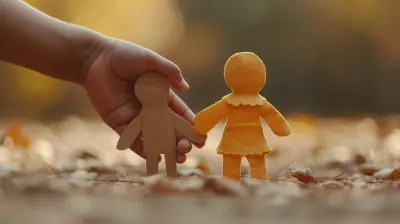
Teaching Kindness and Compassion to Preschoolers
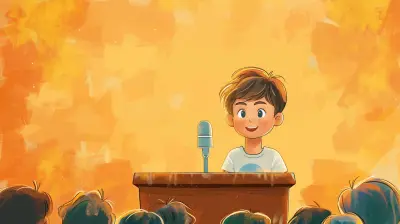
Encouraging Public Speaking Skills in Your Child
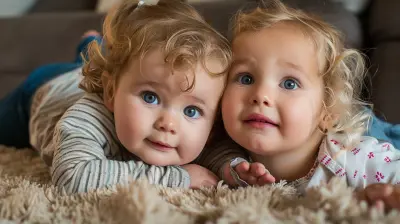
How to Use Family Meals to Encourage Stronger Sibling Bonds

Preparing Your Child for Kindergarten: Skills to Focus On
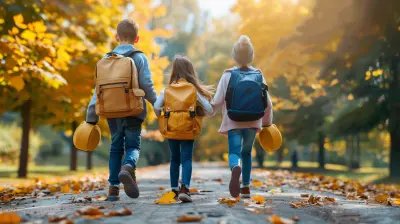
Setting Clear Goals for Your Child's First School Year

Understanding School Assessments: What Parents Need to Know
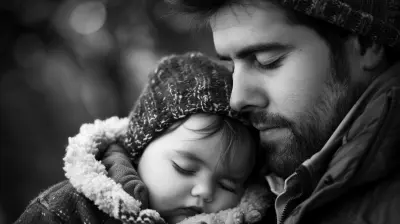
The Power of Bonding: How Attachment Parenting Builds Strong Parent-Child Connections
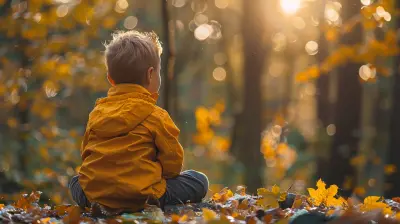
Addressing Your Preschooler’s Why Questions with Patience and Curiosity
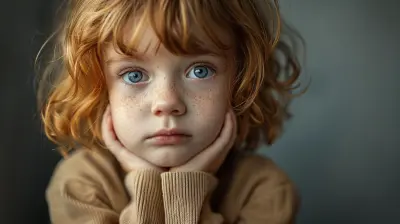
Managing Your Child’s Attachment Issues: What to Do When They Won’t Leave Your Side